
Enemy Engaged: RAH-66 Comanche vs. Ka-52 Hokum (2000)
Genres:Simulator
Story:The sequel to Razorwork's 1998 release Enemy Engaged: Apache vs Havoc, Comanche vs Hokum allows you to pilot two of the most advanced helicopters ever made.
Vote to bring this game to GOG and help preserve it.45
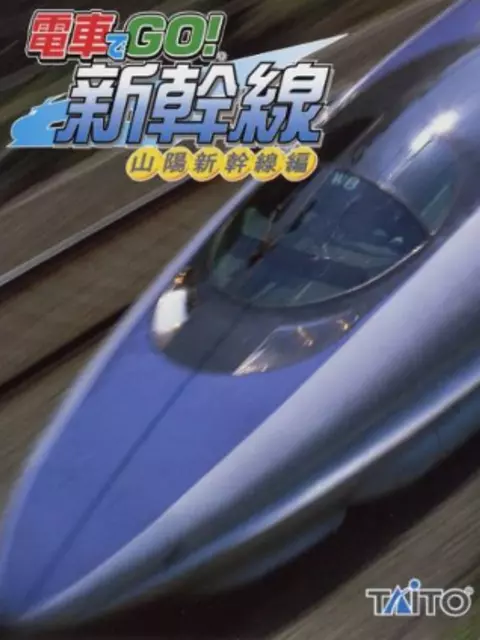
Densha de GO! Shinkansen: Sanyou Shinkansen-henDensha de Go! Shinkansen: Sanyoushinkansen-hen (loosely translated to "Go by Train! Shinkansen: Sanyou Shinkansen Edition") is an electric train driving simulation game developed and published by Taito for the PlayStation 2 in Japan on September 20, 2001. It was later ported to the PC by Unbalance on December 13, 2002.
A spin-off of the Densha de Go! series, Shinkansen focuses on the titular high-speed rail line San'yō Shinkansen (through the entire route both ways, between Shin-Ōsaka and Hakata).
The game was later ported to the Wii as Densha de Go! Shinkansen EX: Sanyoushinkansen-hen (loosely translated to "Go by Train! Shinkansen EX: Sanyou Shinkansen Edition") on March 1, 2007. This version features a new "Kids Mode" utilizing the Wii Remote's motion control.Non-fiction
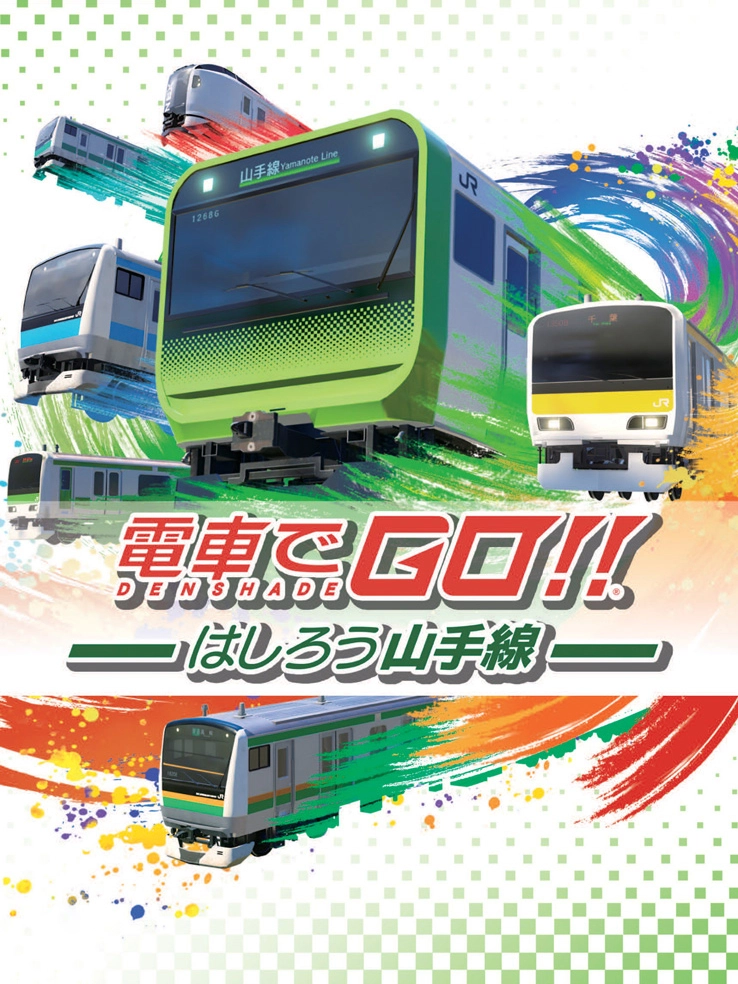
Densha de GO!! Hashirou Yamanote-SenDensha de GO!! finally appears on consoles! Become a train conductor and go around the ever-popular Yamanote Line, now with the addition of the new Takanawa Gateway Station. Enjoy the best at-home train conductor experience while maintaining the the detail of the arcade version.
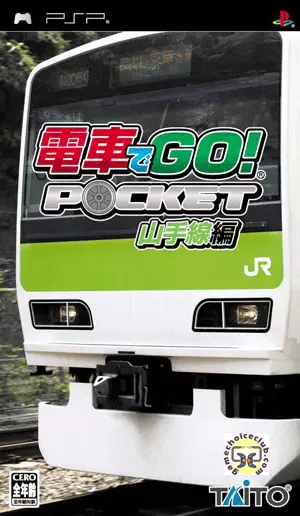
Densha de Go! Pocket: Yamanotesen HenDensha de Go! Pocket: Yamanotesen Hen is a train simulation.
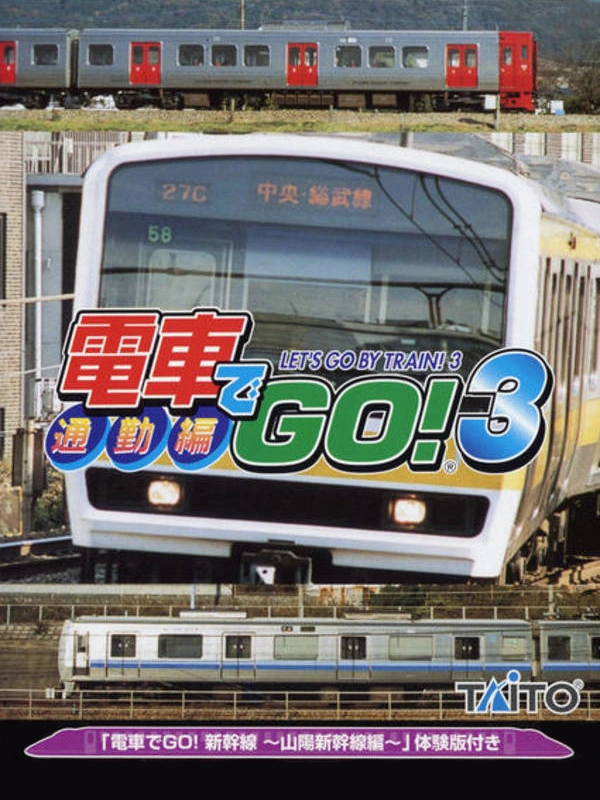
Densha de GO! 3 TsuukinhenDensha de Go! 3 Tsuukin-hen (loosely translated to "Go by Train! 3 Commuting Edition", also known as "Let's Go by Train! 3") is an electric train driving simulation game developed and released by Taito for arcades in Japan on March 2000.
The sequel to the 1998 game Densha de Go! 2 Kousoku-hen, Densha de Go! 3 uses updated arcade hardware for improved 3D graphics (such as a higher-resolution user interface and improved models for both the trains and environment) while revamping the scoring calculation, adding online leaderboards, adding multiple time-of-day options (including morning, noon, evening, and night), and including two additional game modes ("Family Mode" for beginner players and "Tetsujin Mode" for advanced players).
It features a new set of real-life train routes, including the Sasaguri Line, the Kagoshima Main Line, the San'yō Main Line, the San'in Main Line, the Chūō Main Line, and the Chūō-Sōbu Line.
The game later received an update on October 2000, known as Densha de Go! 3 Tsuukin-hen: Daiya-kaisei (loosely translated to "Go by Train! 3 Commuting Edition: Diagram Revision"). This version updates some minor things, including the timetable and scoring calculation. It is the last arcade entry in the series in 14 years, prior to Densha de Go!!
The original version was later ported to the PlayStation 2 on March 15, 2001, while the Daiya-kaisei version was later ported to the PC by Unbalance. The PS2 version also included a demo of Densha de Go! Shinkansen on a bonus disc, and later received a re-release (sans demo) as part of D3Publisher's Simple 2000 series of budget games, as Simple 2000 Series Vol. 22: The Tsuukin Densha Utenshi - Densha de Go! 3 Tsuukin-hen, on March 27, 2003.Non-fiction
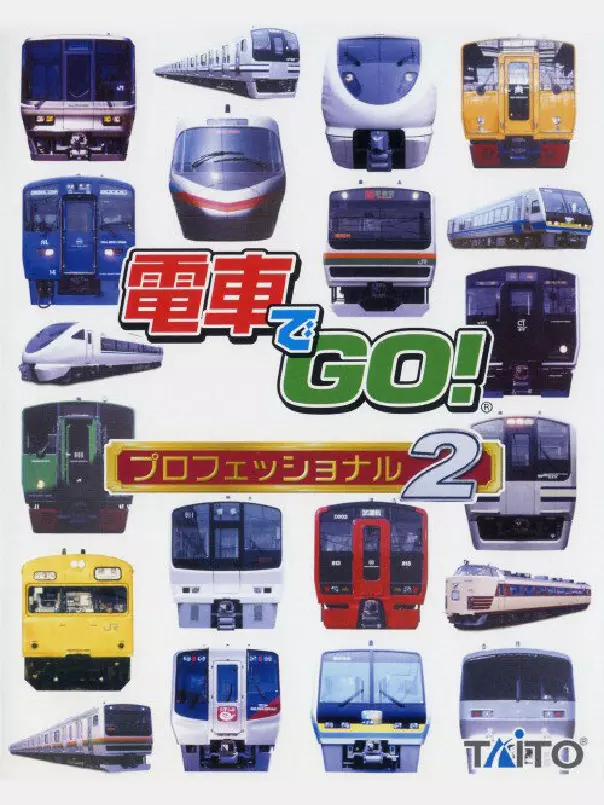
Densha de GO! Professional 2Densha de Go! Professional-shiyou 2 (loosely translated to "Go by Train! Professional Specification 2") is an electric train driving simulation game developed and published by Taito for the PlayStation 2 in Japan on October 25, 2002. It was later ported to the PC by Unbalance on April 30, 2003.
The sequel to the 1999 home console entry in the Densha De Go! series, Densha de Go! Professional-shiyou, Professional-shiyou 2 features a graphical upgrade and a new set of real-life train routes: the Shōnan-Shinjuku Line, the Tsurumi Line, the Kosei Line, the Seto-Ōhashi Line, and the Nagasaki Main Line to Sasebo Line. One new feature added to the series is the ability to save and resume route progress, and to start progress from a designated station.Non-fiction
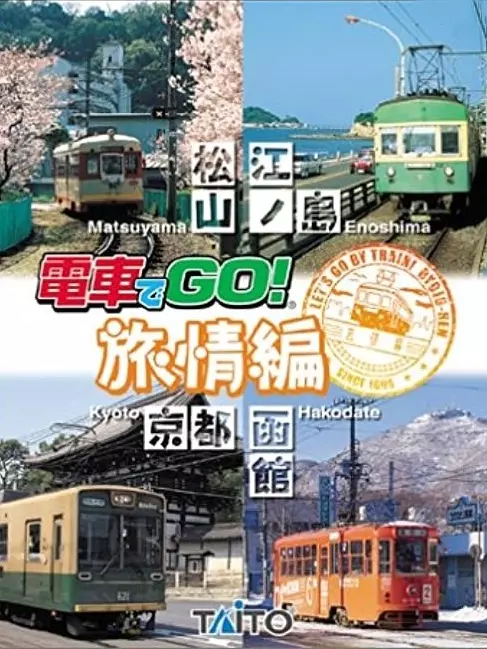
Densha de GO! Ryojou-henTaito's 13th entry in its train simulation series, this one focused on electric trams and light rails.
Ganbare Unten-shi!! (loosely translated to "Good Luck, Driver!!") is an electric train driving simulation game developed and released by Taito for arcades in Japan on October 2000.
A spin-off of the Densha de Go! series (and using the same engine as Densha de Go! 3 Tsuukin-hen), Ganbare Unten-shi!! focuses on light rail transit with two routes: the Enoshima Electric Railway and the Iyo Railway.
While much of the game is the same as the main series, it modifies the braking and throttling controls for added precision and adds controls for operating the vehicle's doors. Due to street traffic, maintaining a timetable is not as strict as previous entries and the time-based penalty system is replaced with a "lives"-based one.
The game was later ported to both the PlayStation 2 (on July 25, 2002) and PC (by Unbalance on June 5, 2003) as Densha de Go! Ryojou-hen (loosely translated to "Go by Train! Emotional Travel Edition"). This version features features an updated graphics engine (based on Densha de Go! Shinkansen) and adds four additional routes: two from the Keifuku Electric Railroad and two from the Hakodate Transportation Bureau.Non-fiction

Densha de Go! FinalDensha de Go! Final (loosely translated to "Go by Train! Final") is an electric train driving simulation game developed and published by Taito for the PlayStation 2 in Japan on May 27, 2004. It was later ported to the PC by Unbalance on December 17, 2004.
Part of the Densha de Go! series, Final features a significantly upgraded graphics and audio, a revamped penalty system (using a point-based system from Densha de Go! Ryojou-hen and Densha de Go! Shinkansen), a combo-based scoring system, an improved Navigation System display, and unlockable route extensions.
In addition to standard play, the game includes an alternate play-style where players can instead (or alongside the driver player for two-player multiplayer) act as the train's conductor. Train Conductors must open and close the train doors at the correct time, choose the next correct station to stop at, and make in-car announcements.
The game includes four routes: the Yamanote Line, the Chūō Main Line, the Osaka Loop Line, and the Tōkaidō Main Line. Playable in both directions, it features the entirety of the Yamanote Line and Osaka Loop Lines, the Rapid section of the Chūō Main Line between Tokyo and Takao, and the section of the Tōkaidō Main Line between Kyoto and Kobe.
This version of the game was later ported to the PlayStation Portable in piecemeal, all part of the "Densha de Go! Pocket" line of releases:
- Densha de Go! Pocket: Yamanotesen-hen (loosely translated to "Go by Train! Pocket: Yamanote Line Edition") was released on September 29, 2005, including only the Yamanote Line.
- Densha de Go! Pocket: Chuuousen-hen (loosely translated to "Go by Train! Pocket: Chūō Line Edition") was released on January 19, 2006, including only the Chūō Main Line.
- Densha de Go! Pocket: Osakakanjousen-hen (loosely translated to "Go by Train! Pocket: Osaka Loop Line Edition") was released on March 30, 2006, including only the Osaka Loop Line.
- Densha de Go! Pocket: Toukaidousen-hen (loosely translated to "Go by Train! Pocket: Tōkaidō Line Edition") was released on July 27, 2006, including only the Tōkaidō Main Line.
To celebrate the series' 20th anniversary, the game was later released as a standalone plug-and-play unit on February 8, 2018 as Densha de Go! Plug & Play.Non-fiction
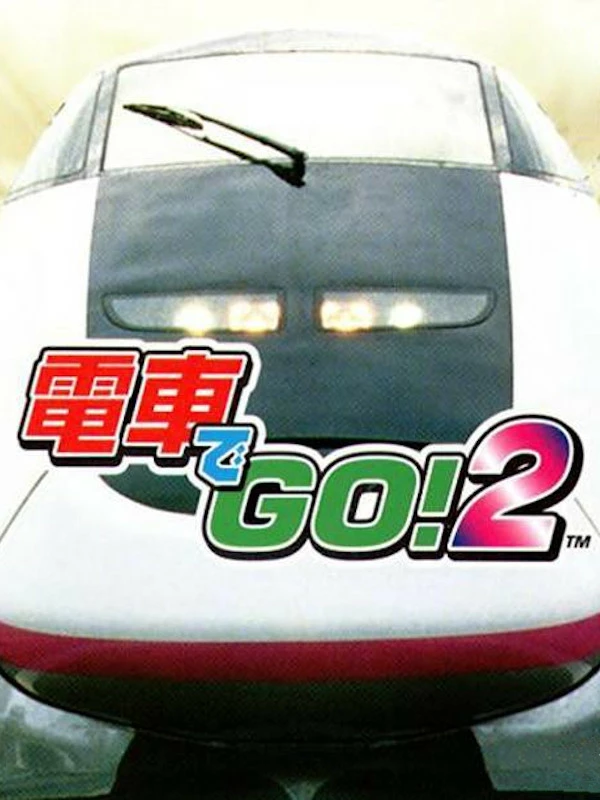
Densha de Go! 2Densha de Go! 2 Kousoku-hen is a train driving simulation game. It was released in the arcades in Japan in 1998. It was ported to PlayStation, Nintendo 64, WonderSwan, Neo Geo Pocket Color, Windows, Dreamcast, and Game Boy Color. The Nintendo 64 version was titled Densha de Go! 64.Non-fiction
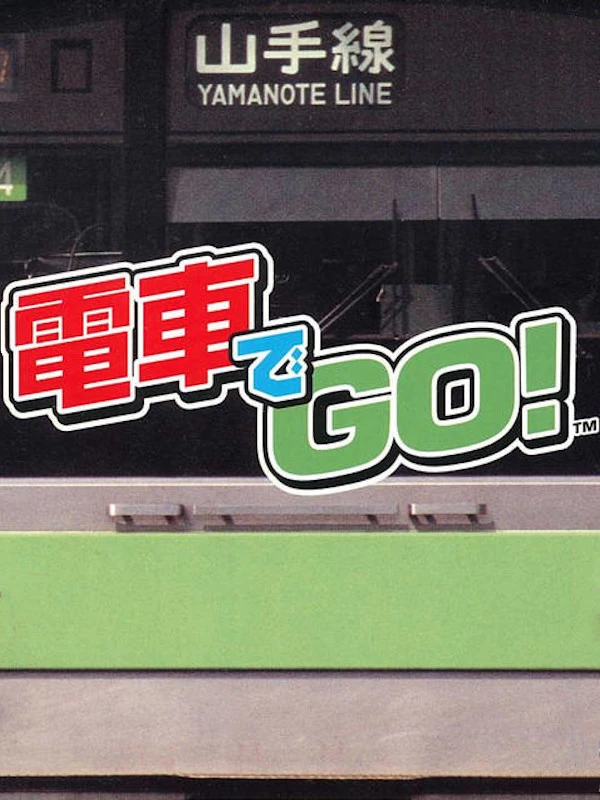
Densha de GO!Densha de GO! is a 1997 train simulator arcade game developed and published by Taito in Japan. Players are tasked with driving a train, adhering to the schedule and obeying signals and speed restrictions. It features real-world train lines from Japan, including the Yamanote Line and Keihin-Tohoku Line. The game was ported to the PC, Sega Saturn, and PlayStation.
The concept for Densha de Go! was inspired by designer Akira Saito's personal fascination with Japanese train lines and railroads. He wanted to create a game that allowed players to familiarize themselves with driving a train. The controls were his primary focus as he wanted them to be accurate and responsive, and to mimic the controls of a real train—his father worked for the Kyoto City Transportation Bureau Facilities Division, which made this easier to accomplish. Saito included real-world railroads and trains to appeal towards other railroad enthusiasts, thinking that it could also attract more "ordinary" players for its realistic, familiar theme. As arcades at the time were dominated primarily by racing and fighting games, he believed its unique concept could make it stand out.
Densha de Go! is among Taito's most successful games, preceded only by Space Invaders. The PlayStation version sold over one million copies. The game was well-received by critics for its controls, attention to detail, and unique concept. Some felt that its home releases lacked enough content and had poor visuals. It was followed by a long series of sequels, spin-offs, and reimaginings, beginning with Densha de Go! 2 in 1999.Non-fiction

Patrician III: Rise of the HansePatrician III is a real-time trading simulation featuring elements of construction and the historical background of maritime trade in Northern Europe during the 1300's.
As a resident of a medieval town, your goal is to rise from the status of a simple, insignificant trader to that of a Patrician and perhaps even become the head of the Hanseatic League. You can raise your standing through town improvement and diplomacy or fill your coffers through piracy and smuggling.